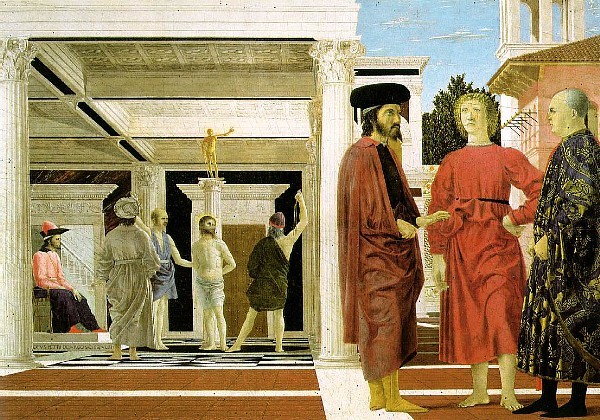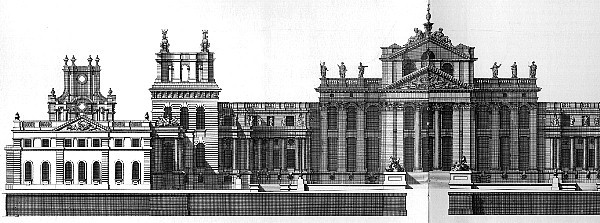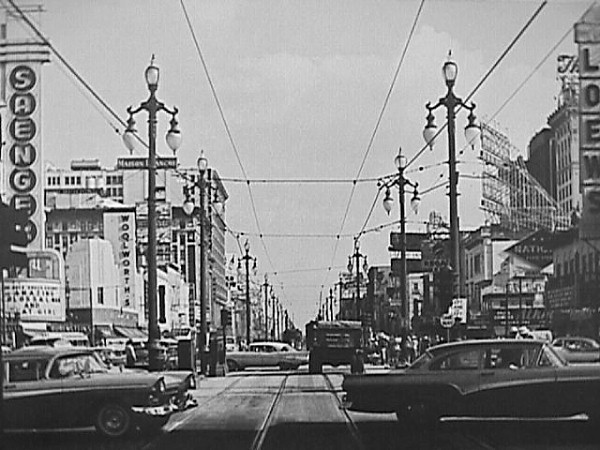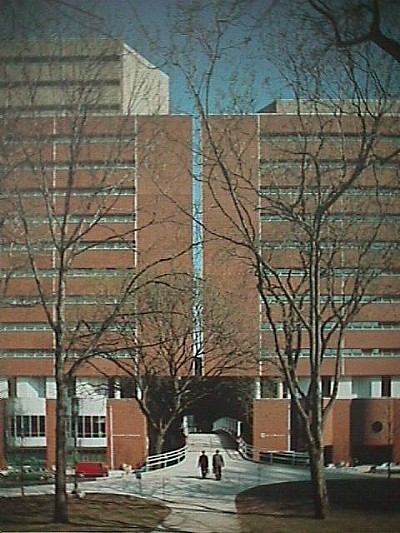| |
2012.08.31 17:34
a whole bunch of...
...objectified deterritorialization
The last chapter of Robert Venturi's Complexity and Contradiction in Architecture is entitled "The Obligation Toward the Difficult Whole:"
"An architecture of complexity and accommodation does not forsake the whole. In fact, I have referred to a special obligation toward the whole because the whole is difficult to achieve. And I have emphasized the goal of unity rather than of simplification in an art "whose . . . truth [is] in its totality." It is the difficult unity through inclusion rather than the easy unity through exclusion. Gestalt psychology considers a perceptual whole the result of, and yet more than, the sum of its parts. A complex system in Herbert A. Simon's definition includes "a large number of parts that interact in a non-simple way." The difficult whole in an architecture of complexity and contradiction includes multiplicity and diversity of elements in relationships that are inconsistent or among the weaker kinds perceptually."
"But an architecture of complexity and contradiction also embraces the "difficult" number of parts--the duality, and the medium degrees of multiplicity."

Piero della Francesca, Flagellation of Christ, ca. 1455-60.
"Gestalt psychology also shows that the nature of parts, as well as their number and position, influences a perceptual whole and it also has made a further distinction: the degree of wholeness can vary. Parts can be more or less whole in themselves, or, to put it in another way, in greater or lesser degree they can be fragments of a greater whole."

Sir John Vanbrugh, Blenheim Palace, 1704-20.
The last paragraph: "Some valid lessons of Pop Art, involving contradictions of scale and context, should have awakened architects from prim dreams of pure order, which, unfortunately, are imposed in the easy Gestalt unites of the urban renewal projects of establishment Modern architecture and yet, fortunately are really impossible to achieve at any great scope. And it is perhaps from the everyday landscape, vulgar and disdained, that we can draw the complex and contradictory order that is valid and vital for our architecture as an urbanistic whole."

Typical Main Street, U.S.A.
Around the same time, Romaldo Giurgola wrote "Reflections on Buildings and the City: The Realism of the Partial Vision."
"But if the partial vision is operating, if one is making the city the range of man's sight and sense, if the pretense of an abstract global image does not substitute itself for the reality of a measurable condition, then the building is no longer confined to the role of an anonymous box, nor does it need to become involved in an arid game of plastic acrobatics in order to assert its presence."

Mitchell/Giurgola Architects, Strawberry Square, Harrisburg, PA, 1979.
| |
"The Objectification of the Deterritorialized Whole[nesses]"
2012.09.02 09:49
a whole bunch of...
In "The Obligation Toward the Difficult Whole" Venturi speaks to the ease of designing a whole (building) via exclusion versus the difficulty of designing a whole (building) via inclusion. I find it interesting that Giurgola, at the same time (and place), wrote about taking the "partial view" toward design(ing). I hope to investigate this coincidence more closely...
|



